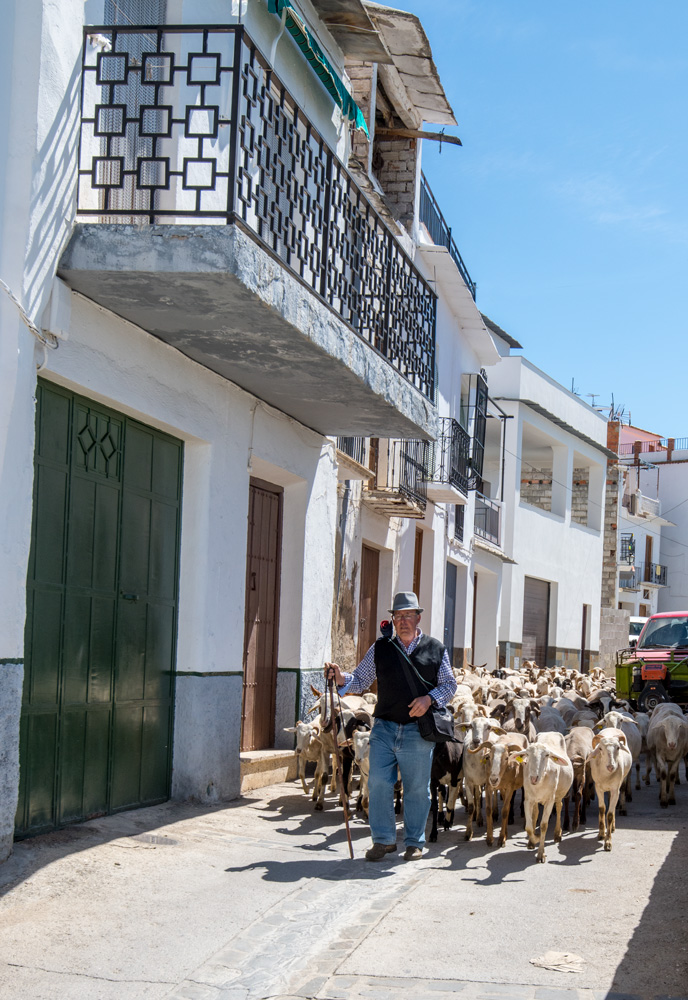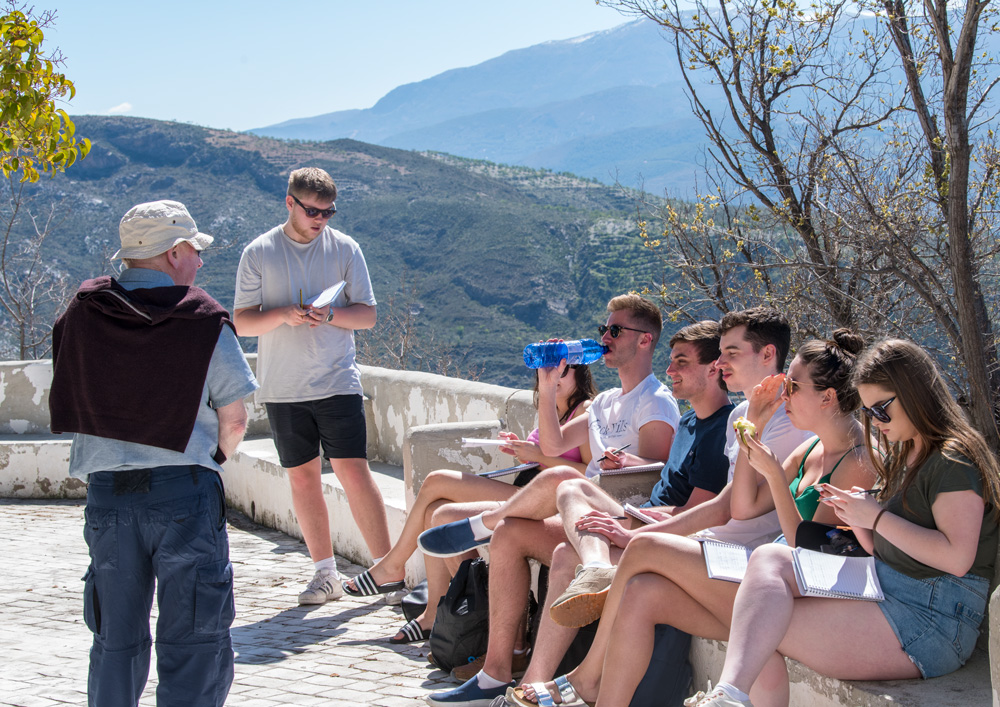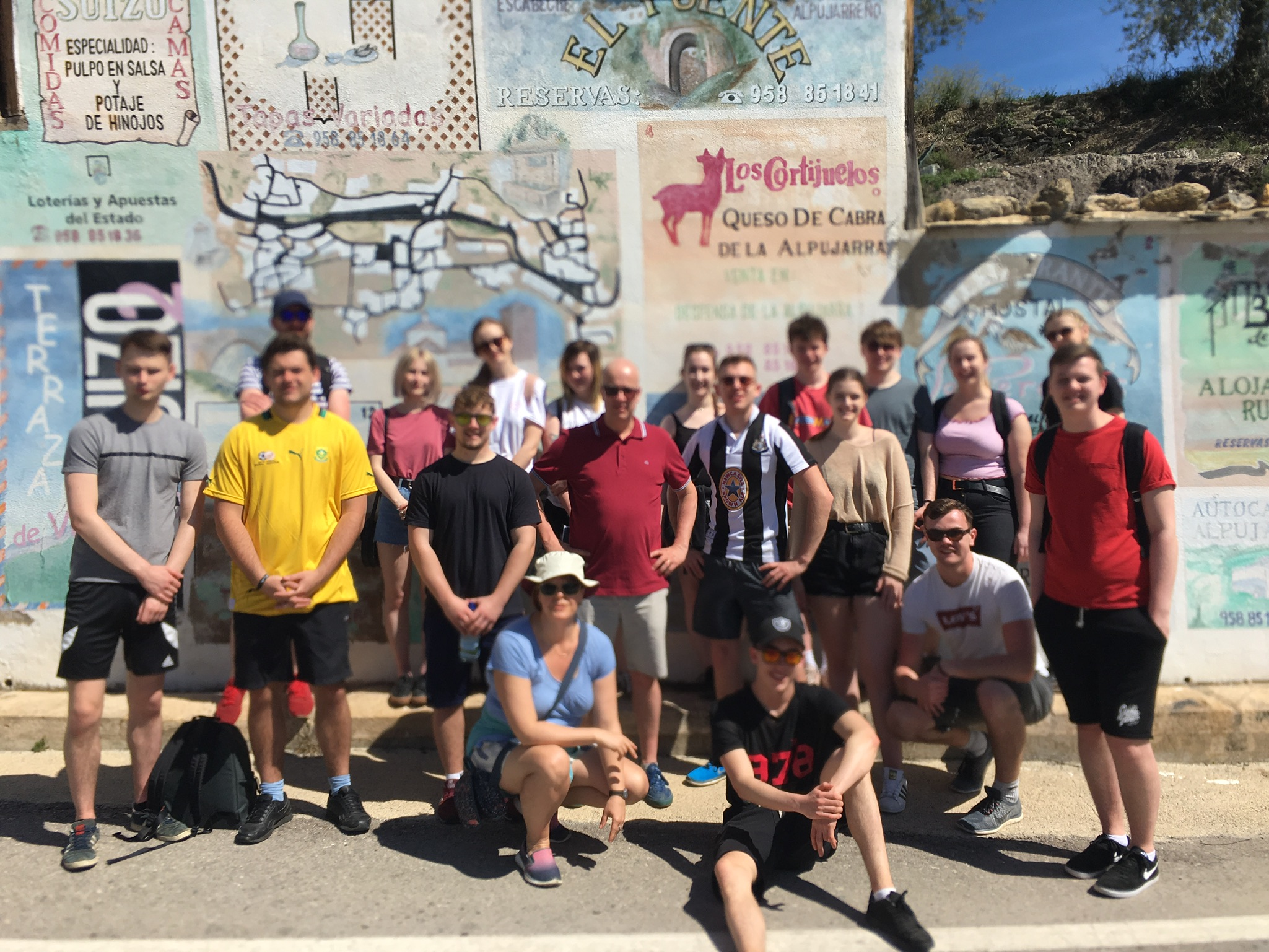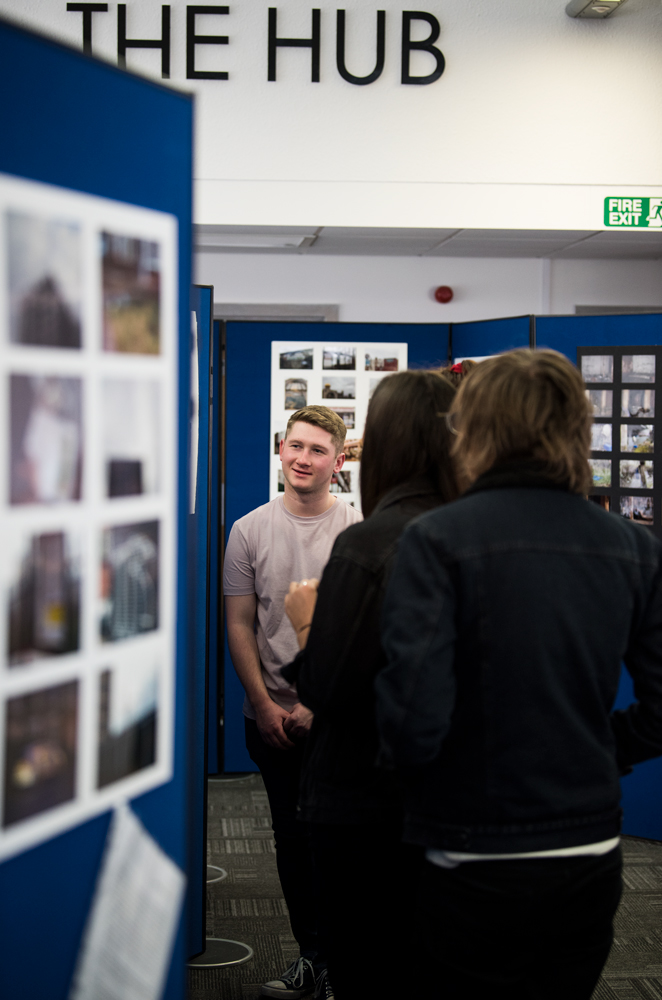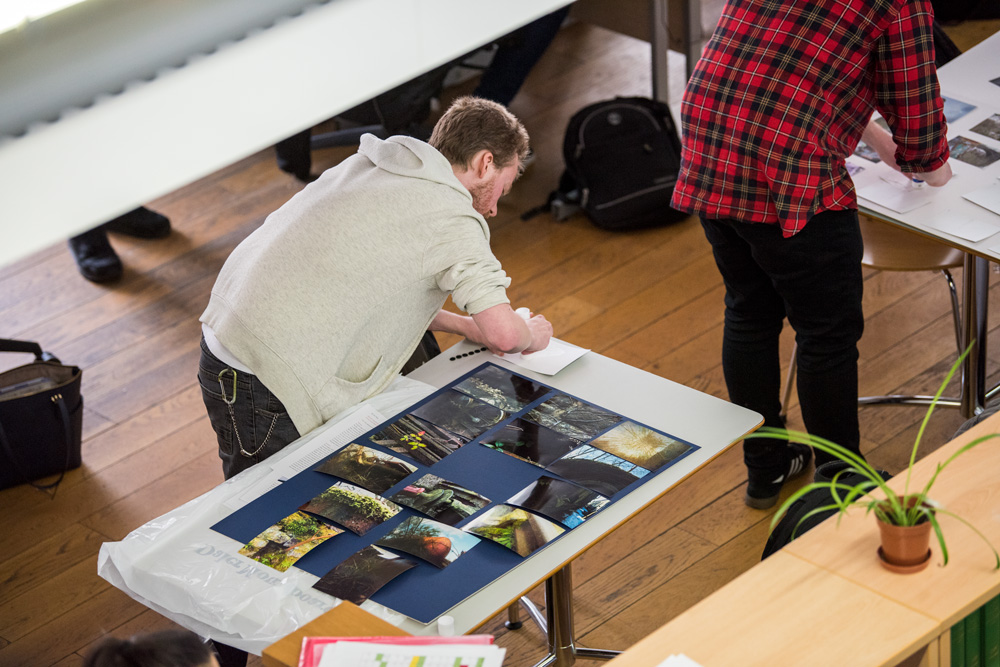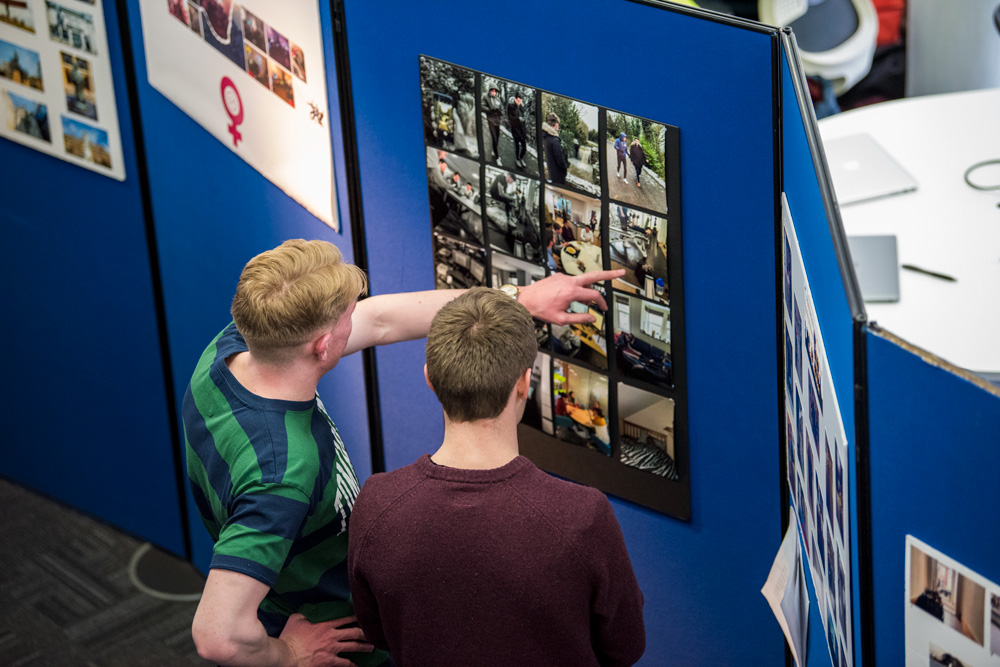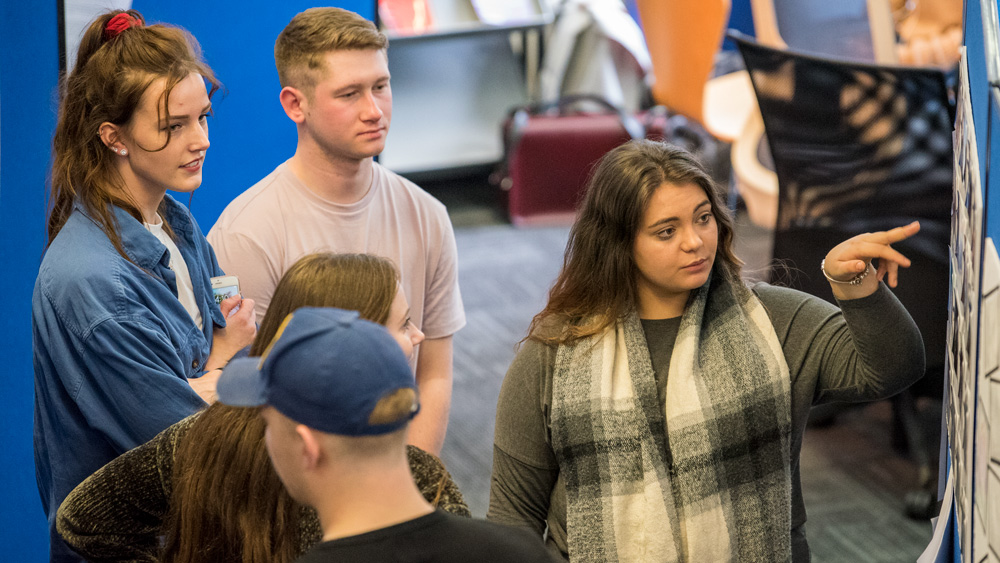Kevin Glynn is organising a session at the upcoming AAG with Julie Cupples. Details of their session are below.
Media and Disasters
Sponsored by Media and Communication Geography Specialty Group, Cultural Geography Specialty Group, Development Geographies Specialty Group
12/04/2018 – 5:20 PM
Disasters, like other events, don’t come pre-equipped with meanings, but must be put into discursive and narrative frameworks before they can be made sense of and understood. In the current conjuncture, characterized by increasingly acute and widely felt crises of the global neoliberal economy, climate systems, and political institutions, the discourses and knowledges through which disasters are known and understood are themselves shifting and mutating. Such shifts and mutations are abetted by the fact that, in the contemporary technological environment, the victims and survivors of disasters often have direct access to the means of media production and distribution in ways that were once all but unimaginable. This has created possibilities for the amplification and circulation of alternative and socially marginalized knowledges, voices, and perspectives capable of challenging the most established representational conventions, narrative frameworks, tropes and discourses for the signification of disaster. This session invites papers that explore the shifting meanings, representations and discourses of disaster in a variety of media and contexts. We are particularly interested in media practices through which indigenous, black, working-class, queer and women’s knowledges and experiences of disaster contest familiar discourses of vulnerability and resilience and challenge forms of inequality and dispossession that structure the uneven impacts of disasters.
Papers:
The Conspirational YouTubing of Disaster and Post-Truth Climates: A Case Study of Conspirational Narratives in Relation to the 2017 Atlantic Hurricane Season
Tom Albrecht, Queen’s University Belfast
Van Prooijen & Douglas’ work argues that the sense-making process concerning the loss of control due to societal crises, such as natural disasters, can result in conspirational thinking. In summer 2017, the Atlantic hurricanes caused theories to emerge on social media platforms which claim that these natural disasters are intentionally brought about by secret conspirators. YouTube in particular, as a fast-paced medium for the dissemination of political views with potentially large audiences, provides a platform for attaching new meanings to current events and propagating alternative truths on disasters. In the context of the summer 2017 hurricanes, YouTubers draw from established conspiratorial narratives (e.g. chemtrails and geo-engineering, depopulation, FEMA concentration camps) and furthermore, employ scientific methods to explain hurricanes as technologically manufactured conspiracies. This form of alternative knowledge production concerning disaster needs to be understood as a political discursive practice which utilises suppressed and stigmatized knowledge to attack scientific and political institutions in power. While climate change conspiracism receives increasing attention in academic scholarship, climates of suspicion concerning geo-engineering and its societal and political implications are barely addressed in academia. This paper critically engages with the scholarly engagement with conspiracism, social media and disaster by analysing the discursive interplay of conspirational, scientific, (geo)-political, and apocalyptic narratives in conspirational YouTube videos which address the Atlantic summer 2017 hurricanes.
The Social Mediation of Knowledge and Counterknowledge in Post-Quake Christchurch
Julie Cupples, University of Edinburgh, and Kevin Glynn, Northumbria University
Disasters and the processes of their mediation often starkly reveal social and cultural divisions and fault lines, along with the geological or climatological ones that may be in play, and thus expose entrenched exclusions and racisms that are typically less visible to the relatively privileged and powerful during more ordinary times. The new media environment is facilitating civic engagement around such fault lines and engendering new ways of living through and responding to disasters and their fallout, so that many disaster survivors now become heavy media produsers and prosumers (to borrow two neologisms from new media theory) in the short, medium, and/or long terms. This paper explores such media practices undertaken in the context of the Christchurch earthquakes of 2010 and 2011, and ongoing struggles to recover and rebuild in their wake. These quakes exposed discursive, conceptual and cultural as well as physical and geological ruptures, and thus created space for the circulation of subordinated knowledges that Eurocentric rationalities, coloniality and capitalism have struggled historically to repress, marginalize, exclude or destroy. Our focus is on a range of media practices and texts that reveal both the everyday creativities of ordinary people and the dangers posed by neoliberalism and coloniality in a quake-prone settler-colonial state. These texts and practices include the work of the Māori Television Service, the activities of Facebook and YouTube users, documentaries, a TV drama series, and a nightly, muckraking current affairs show with an active and participatory audience.
Communicative Capacities of the Elemental
Nathaniel O’grady, University of West of England
The paper engages with recent debates regarding the roles that material forces described as elemental play in communication practices to examine how UK emergency response authorities share information amongst one another during emergencies officially described as ‘multi-agency incidents’. I focus empirically on both the protocols designed by the government to formalise information sharing between authorities and how these protocols structure the use of information sharing technologies themselves. Whilst the research documents how protocols and technologies seek to harness the elemental forces physically constitutive of emergencies into information sharing, examples are also presented in which elemental forces disrupt the information sharing practices they otherwise get mobilised into. Considering the case, I make three arguments that both extend literature on elemental forces and communication whilst bringing this literature to bear on research into emergency governance. Firstly, I outline the capacities elemental forces take on in facilitating emergency information sharing. Secondly, I develop the notion of excess to explain how situations are produced in which elemental forces in emergencies complicate information sharing practices. Thirdly, I reveal how, by disrupting information sharing, elemental forces have a detrimental effect on authorities’ ability to make decisions on how to govern emergencies.
‘Behind The Scenes Of The Disaster Museum: Titanic Belfast, Strokestown Park and The Mediation Of Memory’
Tracey Potts
Taking the museum as a significant apparatus of mediation, this paper will explore some of the issues at stake in Belfast’s appropriation of the Titanic myth (Howells, 2012) in its urban regeneration strategy. The branding of the city’s former shipbuilding district as the ‘Titanic Quarter’, together with its visitor attraction dedicated to the story of RMS Titanic, have been controversial developments, raising questions around difficult heritage and the commodification of memory. Titanic Belfast, according to its website, ‘the world’s largest Titanic visitor experience’, has, likewise, attracted criticism on the grounds of taste, being marked as an example of ‘maritime kitsch’ (Johnson, 2015: 160) or else as a ‘dark tourist’ site. As William J.V. Neill (2013: 68) points out – bluntly – ‘Titanic sells.’ The task of the paper will, then, be one of trying to disentangle all of the conflicting meanings that stratify Titanic Belfast as a visitor attraction, whilst paying attention to the challenges that ensue when the disaster enters the museum and when memory meets tourism. To sharpen the question of branding and commodification, media and history, a comparison will be made between Titanic Belfast and Strokestown Park, The Irish National Famine Museum, where the great social disaster of the 1840s is retold using the unique records of the Strokestown estate archive.
Social Media Framing of Hurricane Katrina’s 10-year Anniversary
Sahar Zavareh, LMU Ludwig-Maximilians-Universität München, and Sascha Jackisch, LMU Ludwig-Maximilians-Universität München
Hurricane Katrina was by the far the most intensively reported natural disaster in 2005 with coverage spanning from event details, impact, damages and losses, to recovery efforts. Portrayals of aid relief and recovery were vividly and prominently displayed in traditional media in 2005 without the use of social media today. At the center of new media and digital media research are key concepts of identity and community. The loss of identity or new identities created from these natural disasters can be seen as a dynamic transformation process supporting recovery and movement towards new environments and ecosystems. Embedded in these themes of identity is the sense of place and space of geographical analysis where social media has furthered this research connecting individuals regardless of having a shared place through the creation of relationships in a digital environment. This research seeks to uncover stories focused on identities and community recovery of the Hurricane Katrina 10-year (K10) anniversary in New Orleans narrated by traditional news media and new social media platforms. Framing theory will be applied to focus how traditional and social media presented these stories and how their meaning is constructed. The digital methods employed will analyze content from Twitter, Instagram, and YouTube using image searches and scrape, tags, and metadata. Additionally, we will compare the online news reporting of the event to the traditional print news stories of the K10 event. The results are presented with our findings and analysis of media disaster framing.
